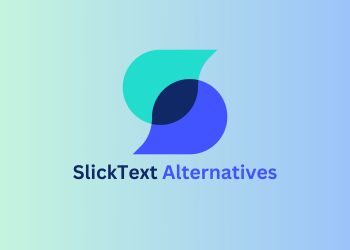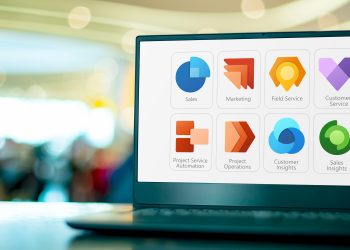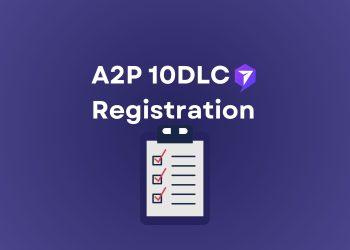Regarding marketing, two terms are often used interchangeably but have distinct meanings: customer and consumer. While these terms may seem similar, understanding their fundamental differences is crucial for businesses effectively targeting and engaging their audience.
Customer vs. Consumer
A customer is someone who purchases a product or service from a business. They may buy from a business repeatedly or just once. Customers can be individuals or businesses and have a direct relationship with the company they purchase from. They are the people who make the final purchasing decision and are responsible for generating revenue for the business.
On the other hand, a consumer is someone who uses or consumes a product or service. They may or may not be the same person as the customer who purchased the product. Consumers may not have a direct relationship with the company and may not have any involvement in the purchasing decision. They are simply the end-users of the product or service.
To put it simply, a customer is someone who pays for a product or service, while a consumer is someone who uses it. Understanding the distinction between the two is crucial because it affects how businesses market and advertise their products.
For example, suppose a business sells a product primarily used by children. In that case, it may target its marketing efforts toward the parents, who are the customers, rather than the children, who are the consumers. Alternatively, if a business is selling a product meant for personal use, it may focus its marketing efforts on the consumer rather than the customer.
Understanding customer and consumer differences can help businesses tailor their messaging and communication strategies. For example, suppose a business is marketing a luxury product. In that case, it may target the customer who is likely to make the purchasing decision while also considering the consumer who will ultimately use the product.
In addition to the distinction between customers and consumers, there are other key differences that businesses need to consider when developing their marketing strategies. One of the most important differences is the buying behaviour of each group.
Customers tend to be more deliberate in their buying behaviour. They research products and services, compare prices and features, and make purchasing decisions based on various factors such as quality, value, and customer service. They may also be more loyal to a particular brand or company, especially if they have had a positive experience.
Conversely, consumers may be more impulsive in their buying behaviour. They may make purchasing decisions based on emotional factors like impulse or desire rather than practical considerations like quality or value. Depending on their changing needs or preferences, they may be more likely to switch between brands or products.
Understanding these differences in buying behaviour is essential for businesses because it can help them tailor their marketing strategies to each group. For example, businesses may want to focus their advertising efforts on customers by highlighting the quality and value of their products or services. For consumers, businesses may want to focus on emotional appeals or creating a sense of urgency to encourage impulse purchases.
Another critical difference between customers and consumers is their level of engagement with a product or service. Customers are often more engaged with a product or service because they have invested time and money. They may also have a higher level of involvement in the product, such as providing feedback or participating in user groups.
On the other hand, consumers may have a lower level of engagement with a product or service because they only use it for a specific purpose or need. This means businesses may need to find other ways to engage with consumers and encourage them to invest more in their products or services.
While customer and consumer are often used interchangeably, they have distinct meanings that are important for businesses to understand. Knowing the difference between the two can help businesses target their audience effectively, tailor their marketing strategies, and drive revenue.














